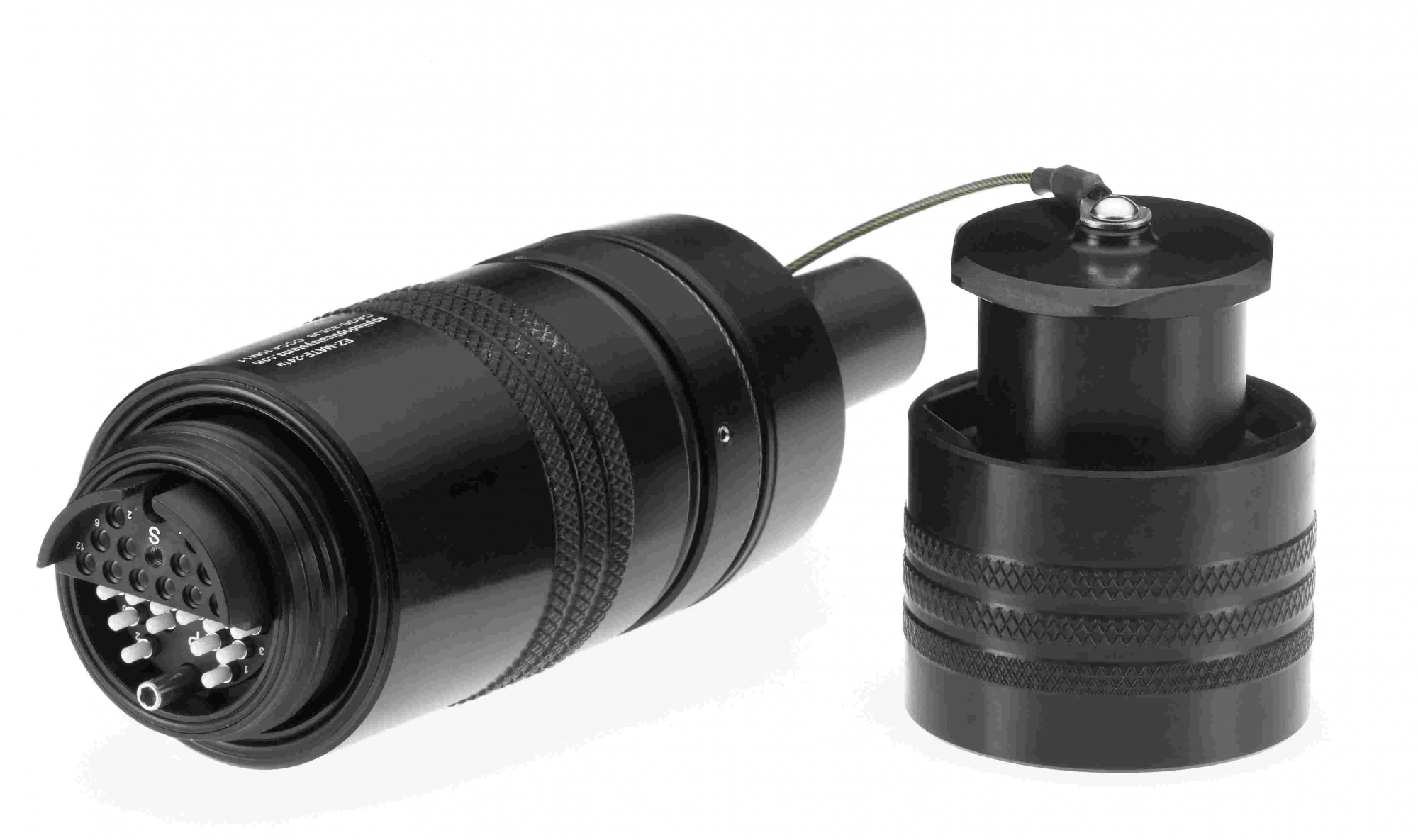Advances in fibre optic cabling for field operations

As opposed to fixed installations, deployable systems are designed to be quickly installed, retracted, and then relocated in the field and even deep underground in some of the most inhospitable environments on earth.
Given the environments in which they reside, industrial-grade fibre optic systems are typically commercialised versions of field-tested, proven military-grade products.
ADVERTISEMENT
As such, the component parts of the system are designed to withstand everything from dust and debris to chemical exposure, temperature extremes, UV, radiation, electrical power transients, interference, fire, moisture, humidity, water, crush, tension, flexing, impact, and vibration.
Optical Cable Corporation (OCC) director of business development Rick Hobbs explains that when designing a deployable fibre optic system, it needs to be looked at in its entirety. Unlike fixed applications, a deployable system is designed from beginning to end (plug and play) and delivered to the customer as a complete solution. OCC designs and manufactures fiber optic cable, connectors and assembly solutions for harsh and rugged environments.
According to Rick, the primary elements of a deployable system include hardened cable jacketing; “genderless” connectors for quick deployment without regard for male or female ends; hybrid systems that include copper along with fibre to deliver data communications and power; and reel systems that speed deployment and retraction while protecting the fibre while not in use, or during transit.
Hardened Cabling
For purposes of deployment, OCC typically recommends its tight bound, tight buffered distribution style cabling, which is ideal because of its small diameter and lightweight construction.
Distribution-style cables have a tight-bound outer jacket, which is pressure extruded directly over the cable’s core. This combination of a helically stranded core, and a pressure extruded outer jacket provides an overall cable construction that offers better crush and impact protection and increased tensile strength. This also reduces outer jacket buckling during deployment.
According to Rick, escalating degrees of cable protection are available as needed to meet the specific needs of an application.
Various jacket materials are available, including PVC or polyurethanes, which are specifically tailored to meet the mechanical and environmental needs of the application. Options within each jacket material include coefficient of friction, cold temperature flexibility and temperature range, to name a few.
Water tolerant options are available that take advantage of the qualities of tight buffered cable and super absorbent polymer aramid yarn.
Fibreglass or metal braided jackets not only provide excellent abrasion resistance, but also deliver increased rodent protection. Custom rodent resistant cables are available that include metal or dielectric armor or additives to the outer jacket.
“In deployable applications, exposed cable is often an intriguing temptation for animals, which can, and often do, chew on it,” Rick says.
Hybrid cables, connectors
For applications that can benefit from fibre optics and copper, hybrid connector-cables offer both within the same cabling sheath.
A distinct advantage of hybrid cable-connector solutions is that the customer can bundle both the high performance of fibre with the copper power or control signals in one cable. This reduces the number of cables that must be designed, purchased and deployed into a system.
It also offers distinct savings in labour and cable structure costs for the customer.
Genderless connectors
“Genderless” connectors have both male and female elements, and perhaps are more appropriately described as dual-gender. They are designed for quick deployment, allowing the user to unreel fibre cable without regard for male or female ends.
Companies such as OCC have further simplified the genderless design with user friendly mating interfaces (the company’s EZ-Mate family) capable of “blind mate” and/or applications that require thousands of mating cycles.
In addition, the connector system is designed to resist extreme harsh mechanical and environmental conditions including high vibration, mechanical and thermal shock, and fluid immersion.
Another benefit of genderless connectors is that multiple identical cable assemblies can be daisy-chained (sequenced) together to extend the distance of a deployable system while maintaining polarity. Polarity can be an issue when connecting an odd number of traditional male to female gender connectors. In such cases, an additional connector is required to correct polarity. However, such connectors are known for high loss and add additional components for the customer. Therefore, genderless connectors are uniquely advantaged over traditional interconnection systems.
Distances of several kilometers are possible, limited only by system link budget (dBm).
“This type of genderless connector provides extreme flexibility in the case of redeployment, where the length of the cable assemblies required for the next application are not fixed, or even known,” Rick says.
Reel systems
The key characteristics of a reel system in deployable fibre optic applications are that it is lightweight and stackable for storage and transit, says Rick.
To meet these requirements, companies such as OCC are providing lightweight alternatives to traditional metal reels. Constructed of durable, yet lightweight, impact absorbing polymers, these modular advanced reel systems (MARS) are designed specifically for the demanding needs of harsh-environment fibre optic installations.
Reels can be used with simple deployable axle or a flange supported deployment and acquisition system. These types of systems include A-Frames, cable acquisition cradles, transit case systems, tripods, bumper mounts, backpacks, backpacks with fiber optic slip rings, and cartridge systems.
The cartridge system, which comes with casters, is an ideal choice in many deployable applications.
“Using a cartridge system, a single person can handle multiple spools at once and can quickly deploy fibre and rewind on the reel without assistance,” Rick says.
To simplify shipping and transit, cartridge systems, transit cases and reels are designed with interlocking stacking features.
Reel systems also provide a measure of protection of fibre optic cabling for unspooled cabling, or when the cabling is retracted.
“In harsh environments, when you can put your fibre optic assemblies in a controlled environment storage system like a reel, any potential damage to the cable or the connectors is minimised,” Rick says.
“This reduces the need to refurbish components regularly, because it the system better protected during its deployment.”
-
ADVERTISEMENT
-
ADVERTISEMENT

